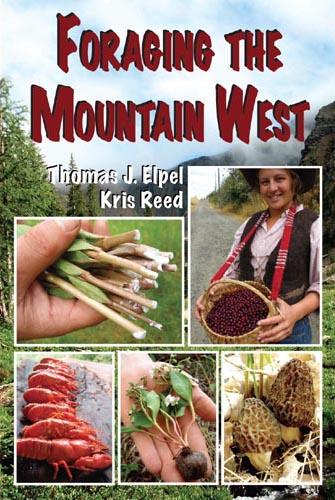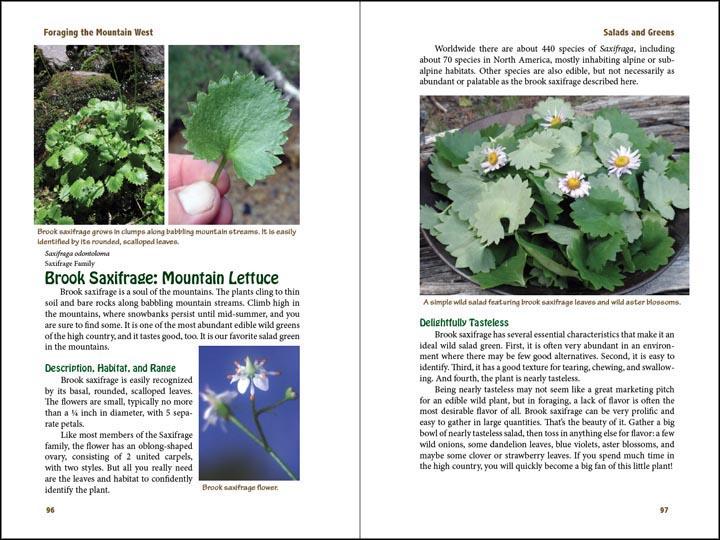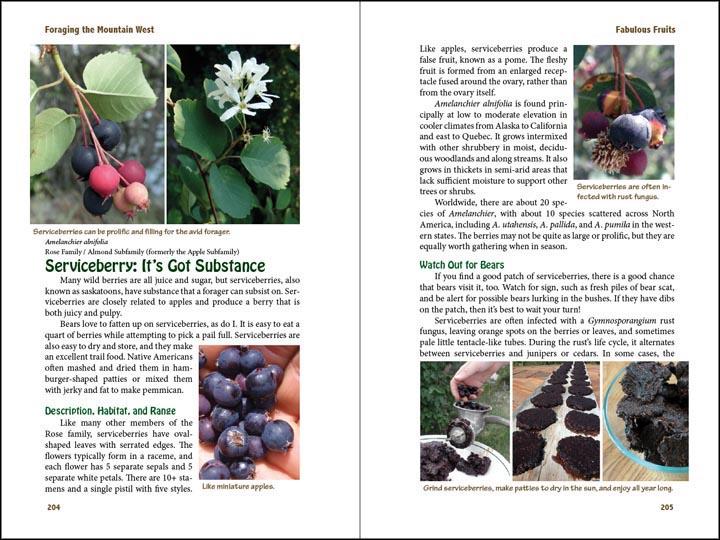
 1
1






Learn more about my book and my podcast at buildingabetterworldbook.com.
Developer of the Land Notes app.



 2
2



 4
4



Harry: I can't believe we drove around all day and there's not a single job in this town. There is nothing, nada, zip!
Lloyd: Yeah, unless you wanna work 40 hours a week!



Dennis Mitchell wrote:Maybe foraging for non food purposes. Creating rope from nettles, or sandals from bark. Clay for pottery. Basket making materials.



Mike Patterson wrote:Shouldn't hunting be separate? When I think of or hear the word foraging I'm not picturing hunting animals. It seems like one could be a very proficient hunter with little plant foraging skills and vice versa.
-WY
 4
4



 2
2



Josephine, Forest Witch
 2
2



SKIP books, get 'em while they're hot!!! Skills to Inherit Property
See me in a movie building a massive wood staircase:Low Tech Lab Movie
 5
5





 1
1



Skandi Rogers wrote:Is this still for a specific area?
SKIP books, get 'em while they're hot!!! Skills to Inherit Property
See me in a movie building a massive wood staircase:Low Tech Lab Movie
 1
1



 1
1



Innovations that are guided by smallholder farmers, adapted to local circumstances, and sustainable for the economy and environment will be necessary to ensure food security in the future. Bill Gates
 3
3



But, I'm concerned that this will become a "social-media game" with unverifiable results; potential "shaming"; and wasted time for "reportage" to the moderators.
 3
3



Jd
 2
2



You are welcome to check out my blog at http://www.theartisthomestead.com or my artwork at http://www.davidhuang.org









Mike Jay wrote:Some random ideas that could be fit somewhere, in no particular order:
Forage 8 cubic feet of wood for a fire or RMH Correctly identify 10 different mushrooms Correctly identify 10 different berries Catch 5 fish, one big enough to sustain you as food for 4 hours Make a trap to catch a fish. Later BB to catch 5 fish with said trap. Make a rabbit (or other game) snare. Later BB to snare a rabbit. Correctly identify 2 different tubers Get within 30 yards of a deer, elk or antelope (or hide and let it get 30 yards from you) Show competence with a bow and arrow (volley ball sized target hit 10 out of 10 times at 25 yards) Show competence with a hunting rifle or slug shotgun (volley ball sized target hit 10 out of 10 times at 150 yards [100 yards for slug]) Humanely kill a deer, elk or antelope. Help butcher a deer/elk/antelope/goat/steer with someone (prerequisite to killing big game) Humanely kill a rabbit Hunt/fish/trap XXXXX calories of wild game (bigger XXX's for higher levels) Make a blickey to collect berries/nuts in a "hands-free" manner Make a stick to pull branches down into reach for berry picking (fork at one end and rope loop at the other to stand on) Complete hunter safety course (before any killing occurs) Stalk within XXX yards of an elk/deer/antelope (may need different XX's based on species and level of badge) Run down a deer on foot and humanely kill (may be solo or as a pack) Identify 10 animal tracks and indicate direction of travel Something with using or making a spear? Something with using or making a slingshot?
Josephine, Forest Witch



 1
1



You are welcome to check out my blog at http://www.theartisthomestead.com or my artwork at http://www.davidhuang.org









Josephine, Forest Witch
 2
2



 1
1



Learn more about my book and my podcast at buildingabetterworldbook.com.
Developer of the Land Notes app.
 2
2



Dave's SKIP BB's / Welcome to Permies! / Permaculture Resources / Dave's Boot Adventures & Longview Projects














 5
5













 4
4



paul wheaton wrote:What will impress Otis?
 2
2






Learn more about my book and my podcast at buildingabetterworldbook.com.
Developer of the Land Notes app.







Growing on my small acre in SW USA; Fruit/Nut trees w/ annuals, Chickens, lamb, pigs; rabbits and in-laws onto property soon.
Long term goal - chairmaker, luthier, and stay-at-home farm dad. Check out my music! https://www.youtube.com/@Dustyandtheroadrunners



Dustin Rhodes wrote:Shawn, can you add a link to the wiki you made into this thread?
Learn more about my book and my podcast at buildingabetterworldbook.com.
Developer of the Land Notes app.



Wild plums
 1
1



fresh list …
[...]
nettle
 1
1



dry list … harvest at least one pound fresh, dry and store one of the following
[...]
feral grain



tea list … make a cup of tea from one
[...]
dried mullein leaf
 4
4



~ Alicia (Author, forager, homeschooling nature lover)
Our family foraging and Sustainable Living Blog, A Magical Life: (http://magicalchildhood.com/life/)
 4
4







"Green University connects the dots from wilderness survival to sustainable living in the modern world."
Green University LLC - Pony, Montana



Tomorrow doesn’t exist and never will. There is only the eternal now. Do it now.
 3
3



1.Blood Pressure. Burdock has inspiring ability to lower blood pressure.
2.Digestive Issues. Burdock is loaded with fiber which is useful to stimulate...
3.Diabetes. Although almost all kinds of fiber can regulate the balance...
4.Detoxify the Liver. The chemical which give burdock its bitter taste also stimulates bile...
Xanthium (cocklebur) is a genus of flowering plants in the sunflower tribe within the daisy family, native to the Americas and eastern Asia.
"We're all just walking each other home." -Ram Dass
"Be a lamp, or a lifeboat, or a ladder."-Rumi
"It's all one song!" -Neil Young

|
Time is mother nature's way of keeping everything from happening at once. And this is a tiny ad:
2024 Permaculture Adventure Bundle (now a special for october 2025)
https://permies.com/w/bundle
|




